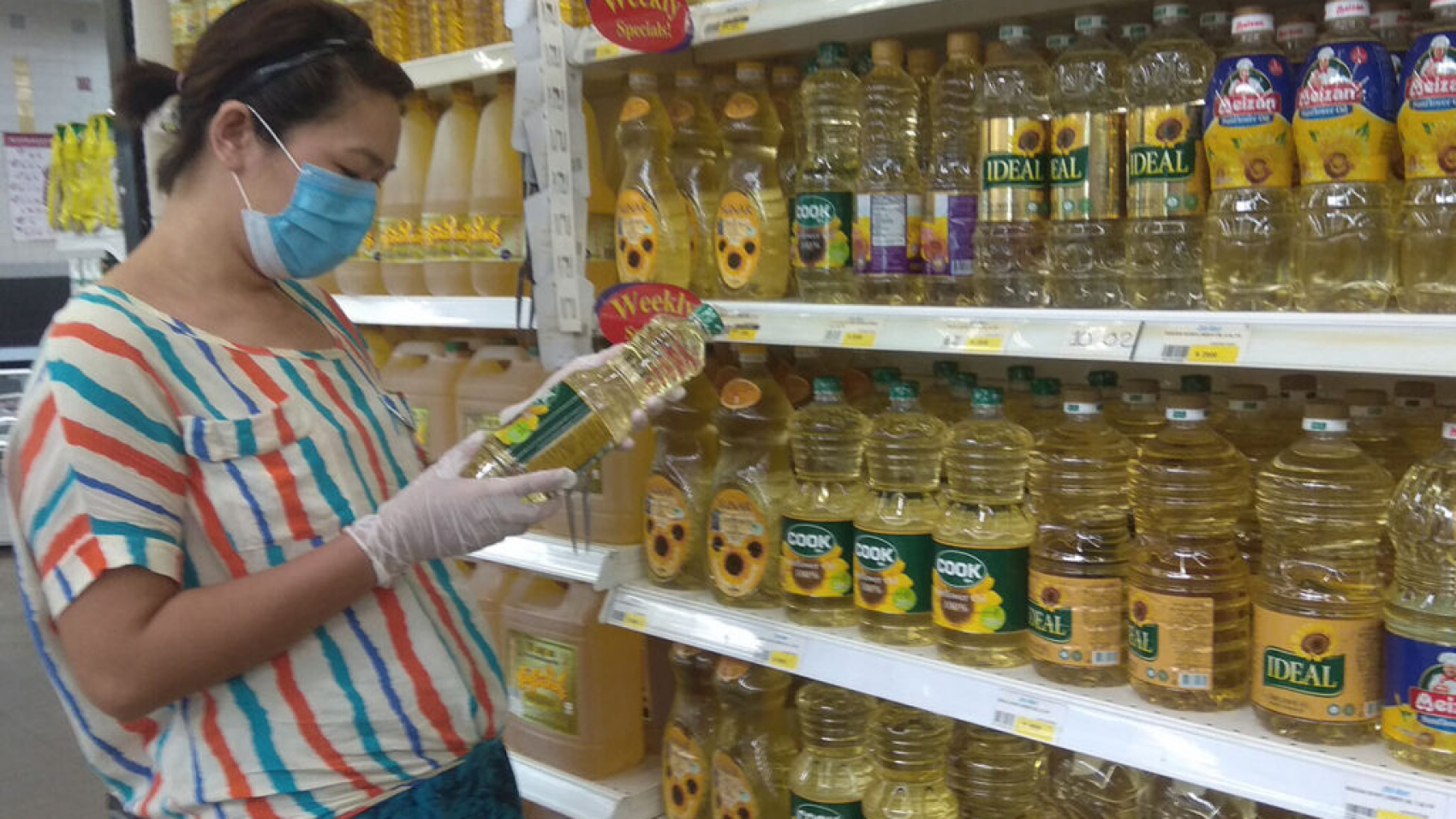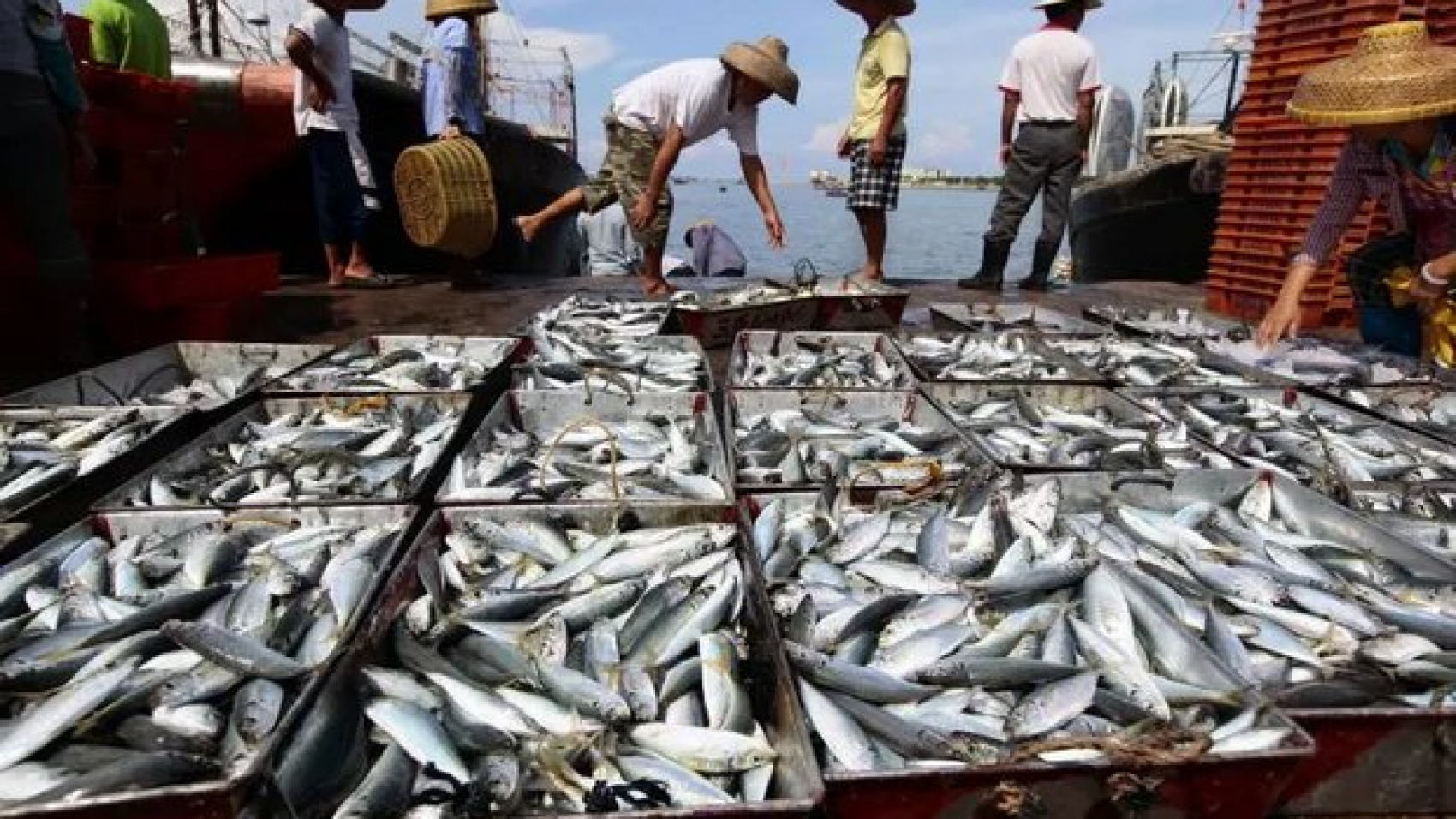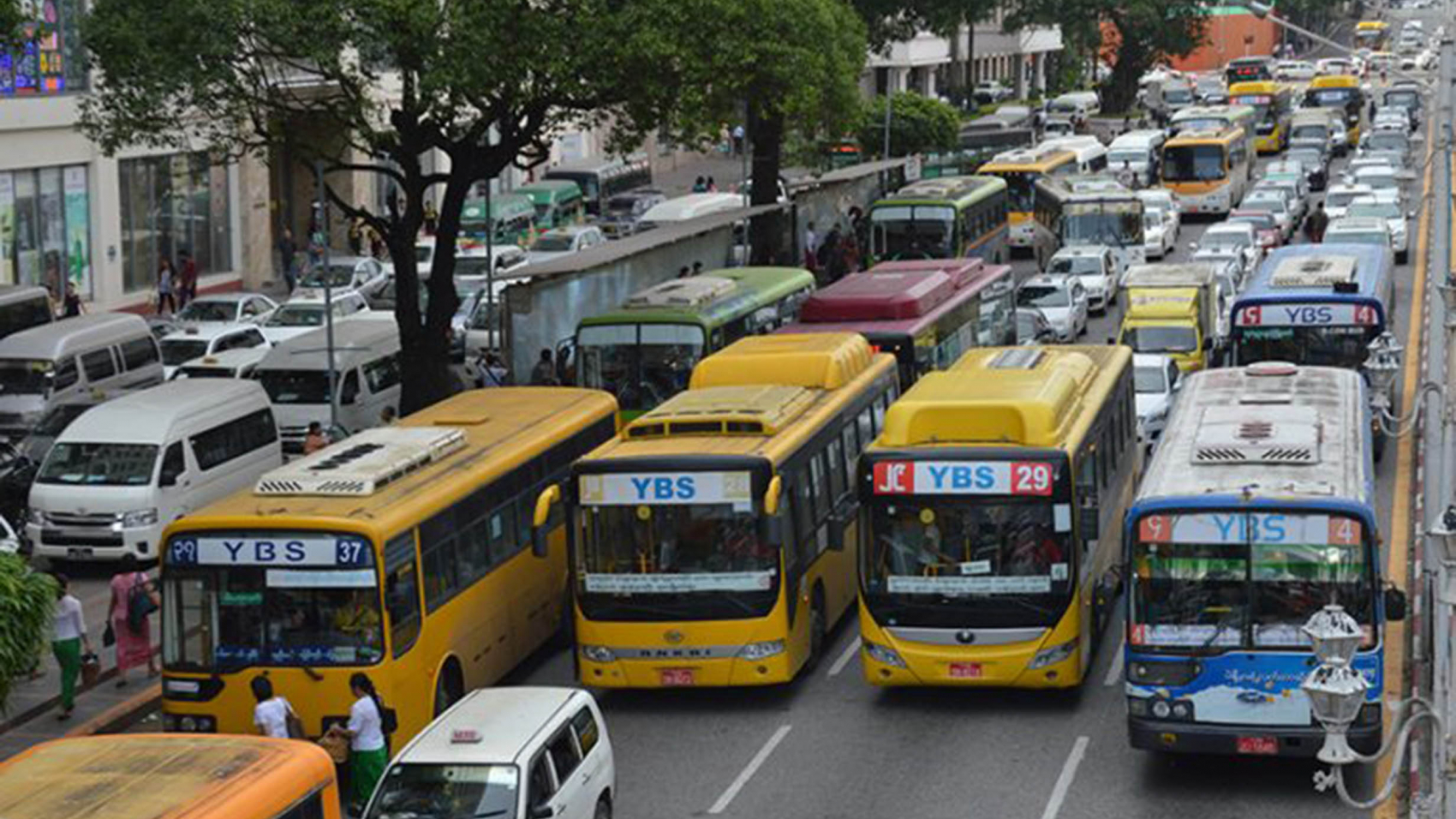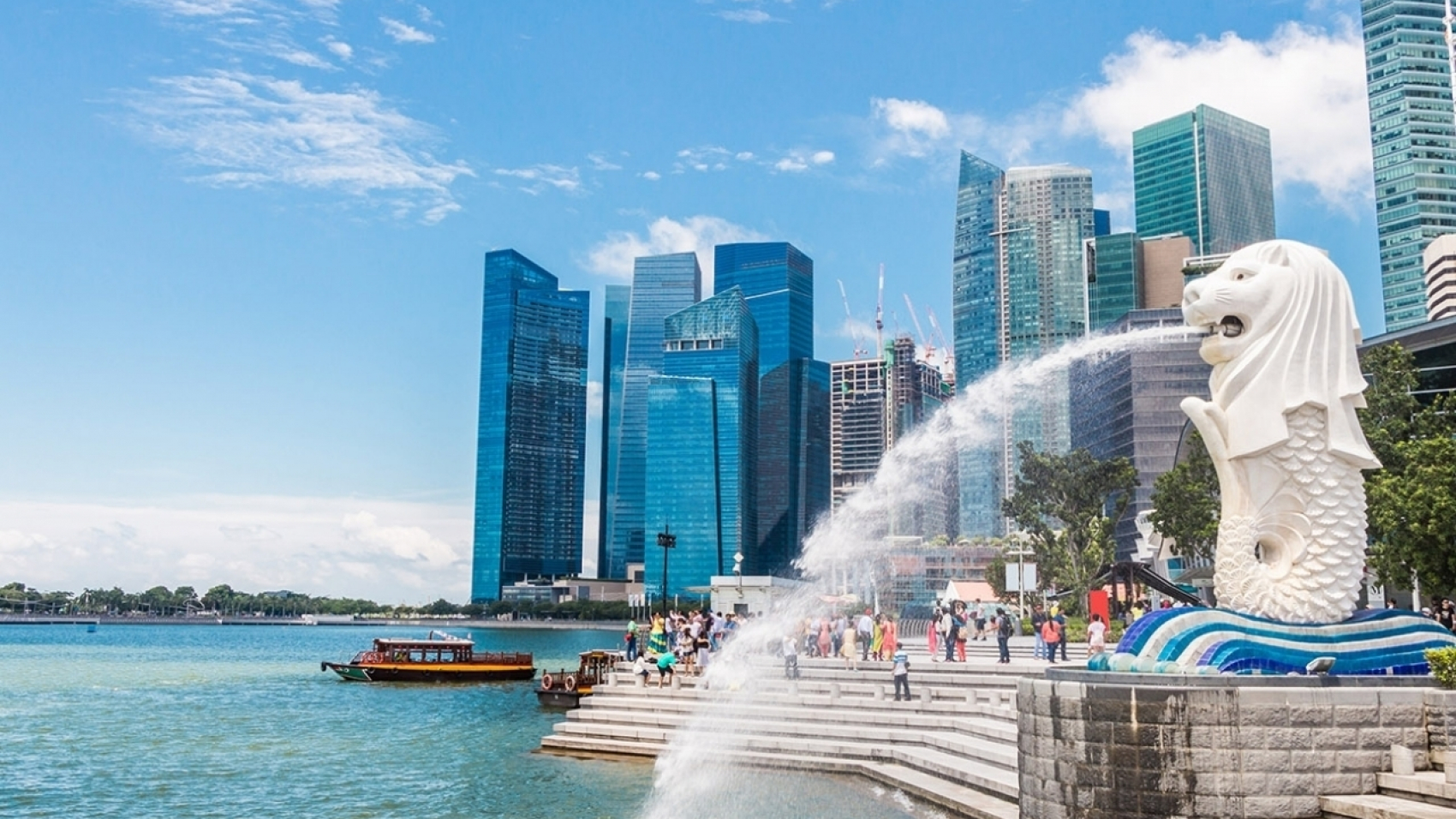The wholesale reference price of palm oil in the Yangon market for a week ended 21 August 2022 is set at K4,140 per viss (a viss equals 1.6 kilogrammes), according to the statement released by Myanmar Edible Oil Dealers’ Association on 15 August. The wholesale reference price was set only at K3,525 per viss in the past two weeks (1 to 14 August). The figures showed a sharp increase of K615 per viss this week. Prior to the price hike, palm oil prices rose by K200 per viss in the markets, said Ko Myo, a trader who delivers commodities to the regions outside Yangon. On 15 August, the wholesale palm oil price was offered K9,400 per viss in the markets.
The number of sellers decreased, Ko Aung from the Nyaungpinlay market said. In early August, the consumers can buy palm oil at the retail reference price of K3,700 per viss through mobile markets. However, there is a mismatch between supply and demand. Consequently, the consumers are forced to purchase the palm oil at K10,000 per viss in the market, said a housewife Ma Myint Myint, a resident of Hlinethaya Township. I have to buy vegetable oil at K10,000 per 1.8-litre bottle, said Ma Khaing who is working in Lanmadaw Township.
Both the retail and wholesale prices are moving onwards. The wholesale price on 13 August soared to K9,000-9,100 per viss from K8,600 recorded on 11 August. On the morning of 15 August, palm oil transactions had not been made, said Daw Hlaing Win, a trader from Myingyan. Similarly, the palm oil price was estimated at K91,000 per 10-viss jerry can, indicating an increase of K2,000 per jerry can vis-à-vis the previous day. On 15 August, the price jumped to K10,000 per jerry can, she added. Companies are found to suspend the distribution of vegetable oil with different brands starting from early August. So, I just have to sell the remaining inventory, said Ko Maung Naing, a shopkeeper near the Sinmalaik Market in Kyimyindine Township.
Likewise, different brands of vegetable and palm oil are not on display at the shopping centre in Lanmadaw Township, unlike previous months’ store display. Ma Aye Aye from Lanmadaw muttered that I could not buy them accordingly. Only sesame, soybean, peanut and sesame oil are witnessed on the shelves of the centre. The price tags are K14,500 per viss of peanut, K12,000 for sesame oil, K10,000 for soybean oil, Ma Aye Aye continued. On 13 August, the wholesale prices of edible oil stood at K13,000-15,000 per viss of peanut oil, K9,500-10,000 each for sesame oil and sunflower oil and K7,000-7,500 for soybean oil, according to daily trade data released by the Mandalay Commodity Exchange. Before mid-August when the wholesale reference price was not that high, the wholesale price remained on an upward trend in the markets. Nevertheless, a hike in wholesale reference price this week posed difficulties to the buyers due to the skyrocketing edible oil prices.
Source: The Global New Light of Myanmar





